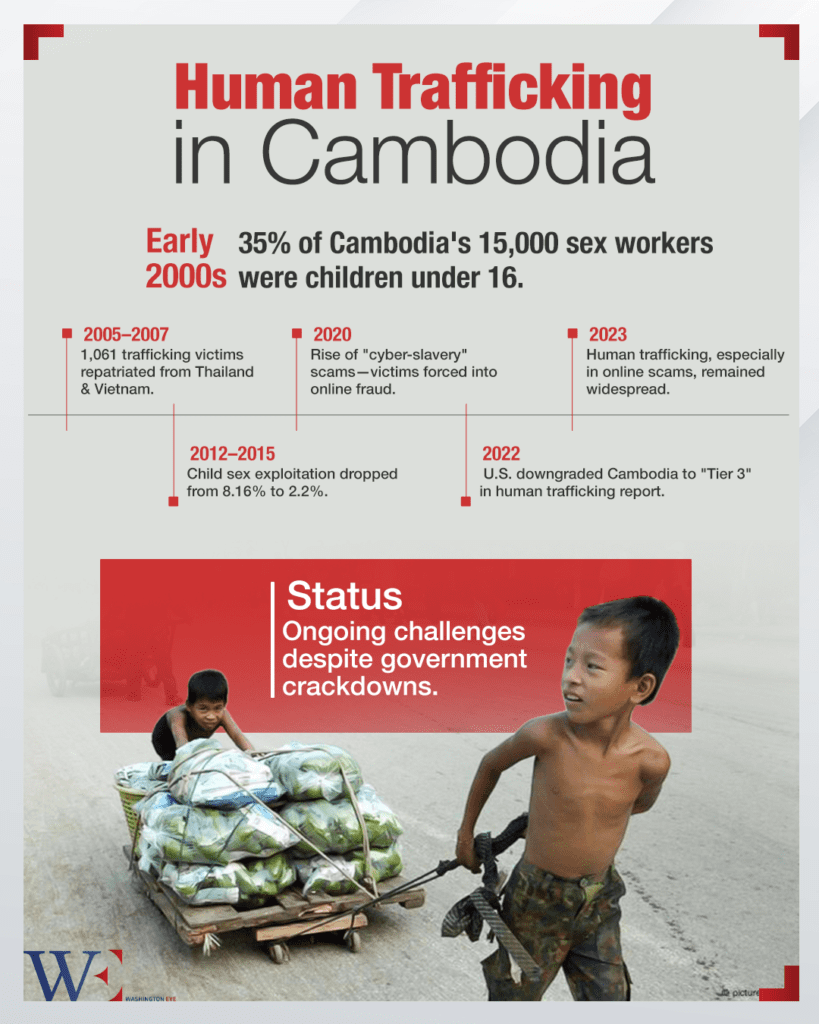The recent dismantling of the United States Agency for International Development (USAID) has raised significant concerns about the future of global humanitarian efforts, particularly in combating human trafficking. Established over six decades ago, USAID has been instrumental in providing foreign aid and supporting anti-trafficking initiatives worldwide. However, recent developments have led to a substantial reduction in its operations, prompting fears of increased human trafficking activities.
The Dismantling of USAID
In a move that has surprised many in the international community, the Trump administration initiated a comprehensive dismantling of USAID. This decision came after the Department of Government Efficiency (DOGE) highlighted widespread inefficiencies within the agency. Consequently, the workforce was reduced from 10,000 to just 300 employees, effectively halting numerous humanitarian programs.
Further actions included directives for remaining staff to destroy classified documents, raising concerns about transparency and accountability. An internal email from Erica Carr, USAID’s acting executive director, urged employees to engage in “all day” efforts to destroy sensitive documents at the headquarters in Washington, D.C.
The abrupt cessation of USAID’s operations has had immediate and profound effects on global anti-trafficking initiatives. In Cambodia, the funding freeze has severely impacted organizations combating human trafficking and forced labor. Tens of thousands are held captive in call centers running telephone scams. A shelter operated by Caritas, the only non-governmental facility for victims of scam compounds, had to release some victims and may cease accepting new ones due to the funding squeeze. In the Democratic Republic of the Congo, organizations like the Coordination for Youth and the Fight Against Sexual Violence and Trafficking in Persons (CJVFFT) have been left without resources to support newly identified victims of human trafficking, many under 17 years old. The withdrawal of USAID funding has left shelters without basic necessities, exposing victims to further harm. Programs providing training to combat online child sexual exploitation for thousands of law enforcement officers worldwide have been paused. This interruption hampers the identification and support of victims and the prosecution of perpetrators.
In Kenya, the aid freeze has stranded antiretroviral (ARV) medications in warehouses, leaving HIV patients without essential treatment. Around 1.4 million Kenyans living with HIV are affected, with some patients receiving only one-week supplies of ARVs. Hundreds of U.S. diplomats have protested the dismantling of USAID, asserting that it undermines U.S. leadership and security, creating a power vacuum that adversaries could exploit. The suspension of foreign aid is seen as jeopardizing the safety of diplomats and American forces abroad, as well as the lives of millions globally.
Legal Challenges
The administration’s actions have faced legal scrutiny. A federal judge ruled that President Trump exceeded his constitutional authority by freezing almost all U.S. humanitarian and development spending abroad. While the judge mandated the repayment of funds owed to aid groups, the ruling did not order the restoration of the terminated contracts.
The dismantling of USAID has disrupted decades of progress in global humanitarian efforts, particularly in combating human trafficking. The cessation of funding and support has left numerous organizations struggling to continue their vital work, exposing vulnerable populations to increased risks. As the international community grapples with these changes, the need for alternative support mechanisms becomes increasingly urgent to prevent a resurgence of human trafficking and to maintain global health and security.


















